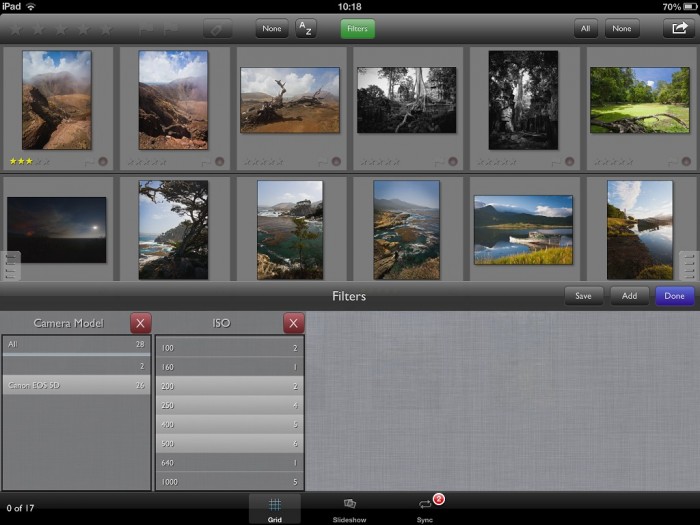

- Photo labeling from exif app how to#
- Photo labeling from exif app software#
- Photo labeling from exif app mac#
Some photo-sharing websites on the Internet, such as Flickr and 500px, also allow you to check photo details online.

Photo labeling from exif app mac#
You can also view find photo details on your computer, by right clicking on an image and going to the ‘Get Info’ menu on a Mac or ‘Properties’ menu on a Windows PC.Īnother way to access, add and extract metadata from images is to use post-processing software, such as Adobe Lightroom or Photoshop. Luckily, metadata can be viewed relatively easily on your camera’s LCD screen, by toggling the ‘info’ setting in the menu.Īn example of image metadata.
Photo labeling from exif app how to#
See also: 5 Simple Lightroom Post Processing Tips for Landscape PhotographyĪ question that we are often asked on our photo tours is how to find photo details, such as EXIF information.This information pertains to how you edited your RAW file, so that you will always have your original to revert to if needed. It includes all of the information of IPTC data, though allows for even more information to be stored in a separate file that sits alongside the original. Information on licensing the use of the image.Įxtensible Metadata Platform, also known as XMP data, is a recent format that was adopted by Adobe software. Underlying rights such as model releases, permission or licences that were obtained in the making of the photo (for example when shooting in a restricted area or on private property) How the image should be credited when it is published įurther information about what is shown in the image This type of metadata embodies administrative information such as the creation date and location where you took the image, instructions for people using your images, as well as information about the visual content. This type of metadata is referred to as IPTC data and was named after the ‘International Press Telecommunication Council’ – an organisation which first pushed for and developed standards for digital photo metadata. In addition to basic metadata, you can add extended information later on with the help of post-processing software. GPS coordinates (if your camera supports this feature). Whether a flash was used and its settings ĭate and time of when the picture was taken The photo’s exposure values (shutter speed, aperture, ISO) The lens model and make that you took the photo with, as well as the focal length that you used The camera model that you took the photo with, as well as its manufacturer This data is embedded within your images and includes information about:

Photo labeling from exif app software#
There are three types of metadata: 1) the basic metadata generated by in-built software in your camera 2) extended metadata which you can add yourself later on and 3) metadata that is produced during post-processing and saved in a separate file. Image metadata is an important part of landscape photography. Metadata can be stored internally in a RAW file, JPEG, TIFF or DNG file, or externally as information outside of the original image. It contains significant details that serve to provide information about the image and how it may be used, in a way that can be understood by both humans and technology. Metadata is digital information stored within an image that describes the photo itself.


 0 kommentar(er)
0 kommentar(er)
